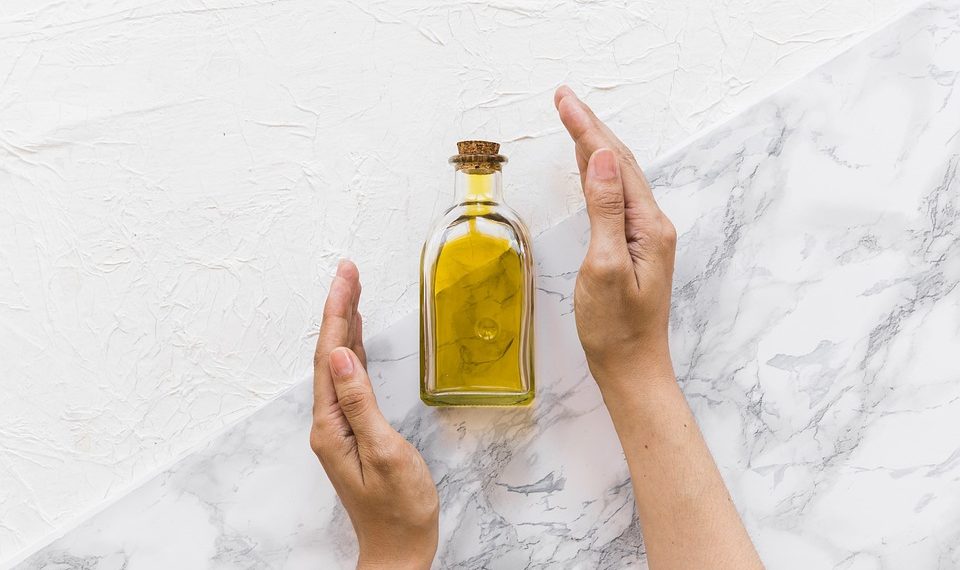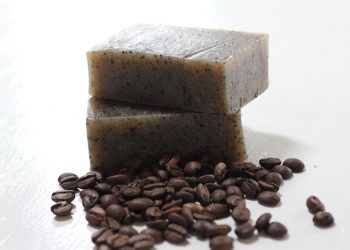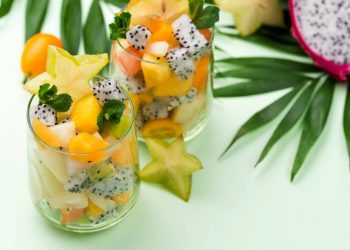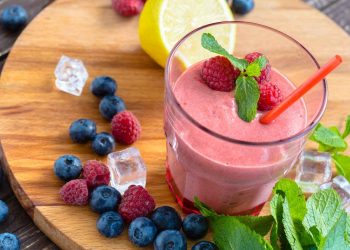If you’re looking for a clear skin diet plan that transforms your complexion, you’re not alone. Many people struggle with skin issues that seem to defy solution, but the answer might just lie in what you eat. Your skin is a reflection of your overall health, and nourishing it from the inside out can yield remarkable results.
Contents
- Why a Clear Skin Diet Matters
- The Connection Between Diet and Skin Health
- 1. Embrace Antioxidant-Rich Foods
- 2. Load Up on Healthy Fats
- 3. Keep Hydration a Priority
- 4. Choose Whole Grains Over Refined Carbs
- 5. Include Probiotics in Your Diet
- 6. Limit Sugar Intake
- 7. Don’t Forget the Power of Vitamins
- Putting It All Together
- Bottom Line
- FAQs
Why a Clear Skin Diet Matters
A clear skin diet isn’t just about avoiding chocolate or greasy foods (though that can help!). It’s about embracing a lifestyle that nurtures your body and skin. The foods you consume influence your hormones, inflammation levels, and overall skin health. When you choose wisely, you empower your skin to radiate from within.
The Connection Between Diet and Skin Health
Your skin is your largest organ, and just like any other part of your body, it requires specific nutrients to function optimally. Studies have shown that diets rich in antioxidants, vitamins, and healthy fats can lead to clearer, healthier skin. By adopting a clear skin diet plan, you can reduce acne, dullness, and other skin concerns.
1. Embrace Antioxidant-Rich Foods
Antioxidants are your skin’s best friends. They combat free radicals that can lead to premature aging and skin damage. Incorporating foods high in antioxidants can rejuvenate your skin.
- Berries (blueberries, strawberries, raspberries)
- Dark chocolate
- Leafy greens (spinach, kale)
- Nuts and seeds (walnuts, chia seeds)
By adding these foods to your diet, you’re not just treating your skin; you’re also supporting your overall health.
2. Load Up on Healthy Fats
Healthy fats are vital for maintaining your skin’s moisture barrier. Think of fats as the oil that keeps your engine running smoothly. They help to keep your skin hydrated and supple.
Try incorporating:
- Avocados
- Olive oil
- Fatty fish (salmon, mackerel)
- Flaxseeds
These fats provide essential fatty acids that your body can’t produce on its own. They also reduce inflammation, which is a common culprit behind skin issues.
3. Keep Hydration a Priority
Water is life, and it’s foundational for clear skin. Staying hydrated helps your body flush out toxins, which can lead to breakouts.
- Aim for at least 8 glasses of water a day.
- Add herbal teas for variety.
- Consider hydrating foods like cucumbers and watermelon.
Your skin will thank you for making hydration a priority.
4. Choose Whole Grains Over Refined Carbs
Refined carbohydrates can cause spikes in blood sugar, leading to increased oil production and acne. By switching to whole grains, you can stabilize your blood sugar levels and maintain clear skin.
Opt for:
- Quinoa
- Brown rice
- Oats
- Whole grain bread
These foods are not only better for your skin but also keep you feeling fuller longer.
5. Include Probiotics in Your Diet
Probiotics are beneficial bacteria that support gut health. A healthy gut can translate to healthy skin. When your gut flora is balanced, your body can better process nutrients and flush out toxins.
Incorporate:
- Yogurt (look for live cultures)
- Kefir
- Sauerkraut
- Kimchi
These foods are delicious and can easily be added to your meals.
6. Limit Sugar Intake
Sugar can wreak havoc on your skin. It promotes inflammation and can lead to breakouts. Reducing your sugar intake can be a game-changer.
- Avoid sugary drinks.
- Limit desserts and sweets.
- Opt for natural sweeteners like honey or maple syrup in moderation.
Your skin will respond positively when you cut back on sugar.
7. Don’t Forget the Power of Vitamins
Certain vitamins are crucial for healthy skin. Make sure your diet includes:
- Vitamin C: Found in citrus fruits, bell peppers, and broccoli.
- Vitamin E: Present in nuts, seeds, and green leafy vegetables.
- Vitamin A: Carrots, sweet potatoes, and dark leafy greens are great sources.
These vitamins help repair skin damage and promote a youthful glow.
Putting It All Together
Creating a clear skin diet plan doesn’t have to be daunting. Start by incorporating a few of these secrets into your daily routine:
- Keep a food journal to track what makes your skin feel good.
- Experiment with new recipes that include these ingredients.
- Be patient—transformation takes time.
Bottom Line
Your journey to clear skin starts with what’s on your plate. By embracing a clear skin diet plan filled with antioxidant-rich foods, healthy fats, and hydration, you’re not just nourishing your skin; you’re revitalizing your entire being.
Take the plunge and try these seven secrets. Your skin will reflect the love and care you put into it. Remember, every bite counts!
FAQs
1. How long will it take to see results?
You may start noticing changes in your skin within a few weeks, but long-term benefits come from consistent dietary habits.
2. Can I still eat my favorite foods?
Absolutely! It’s all about balance. Enjoy your favorites in moderation while focusing on these healthy choices.
3. What if I have specific skin conditions?
Always consult with a healthcare professional or dermatologist for tailored advice, especially if you have conditions like eczema or psoriasis.
Embrace the journey to clearer skin and remember: your body is your canvas. Treat it well!
Get Your FREE Natural Health Guide!
Subscribe now and receive our exclusive ebook packed with natural health tips, practical wellness advice, and easy lifestyle changes — delivered straight to your inbox.














